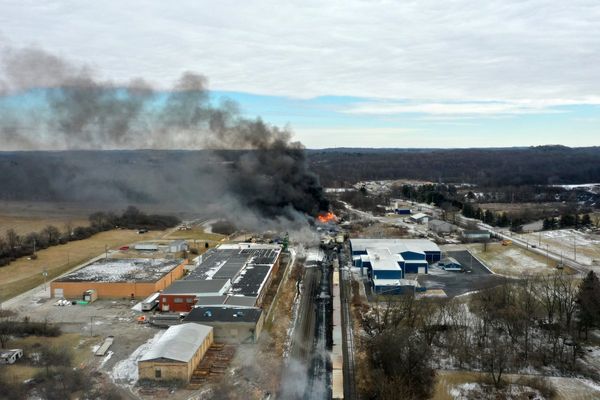As Karnataka battles the aftermath of a failed monsoon season in 2023, residents of Kodagu district, where the River Cauvery originates, have stepped up calls to save the district’s ecology, which has a direct bearing on the vital river apart from the ecologically sensitive Western Ghats.
Through ‘Save Coorg,’ an online petition, residents and people belonging to Kodagu are hoping to draw the attention of the government to long pending problems of the district, including over tourism, mass conversions of wetlands and the rapid concretisation taking place in the district.
Why the crisis?
“Cauvery’s cry: A wake up call for conservation,” points out to the water scarcity in the Cauvery river belt, which has implications for Bengaluru, Mysuru and even Tamil Nadu. “The conversion of wetlands, illegal tree felling, mass tourism, and commercialisation are exacerbating the situation. Additionally, the construction of railway lines, national highways and other infrastructure projects are further fragmenting and damaging the ecosystem,” says Nanaiah Bottolanda who manages the page ‘Kodava Naad’ on Instagram.
“No one is using paddy fields for its actual purpose and have converted them into sites. Instead of fighting over the river, it is time to preserve the district,” he said.
“Bengaluru, Mysuru and Tamil Nadu residents must prioritise saving Coorg to secure their Cauvery water supply...Immediate action is needed. Conservation efforts must focus on preserving wetlands, implementing sustainable forest management practices, regulating tourism activities and promoting water efficient agriculture. Additionally, there is need for stricter enforcement of laws against illegal activities and sustainable urban planning practices to minimise the impact of infrastructure development on water resources,” it said.
Loss of forest cover
The Western Ghats Spatial Decision Support System (WGSDSS), launched by the Indian Institute of Science’s Energy and Wetlands Research Group, has showed that the Western Ghats, which is among 36 global biodiversity hotspots, saw a loss of 5% evergreen forest cover with an increase of 4.5% built-up cover, and 9% agriculture area, according to the spatiotemporal analyses of land use, highlighting anthropogenic induced developmental thrust. Fragmentation analyses also highlight that interior forest constitutes only 25% of the forest landmass, depicting the fragmentation pressure, impacting local ecology.
T.V. Ramachandra from the Group, said recent events are a wake-up call. “We need to protect forests of native species. Water availability in lakes and streams in places where this is not threatened is for 12 months, while those with monoculture, such as in Kodagu, is for six to eight months. If you look at livelihood too, people can grow multiple crops throughout the year where the native species are protected, while in degraded forest regions, only one crop is grown over a lesser period, resulting in lesser earnings. Yield is also higher in non-degraded forests as pollinators are abundant. If you want to give life to Bengalureans, conserve the green cover and rivers and lakes in the forests as well as in Bengaluru,” he said.







